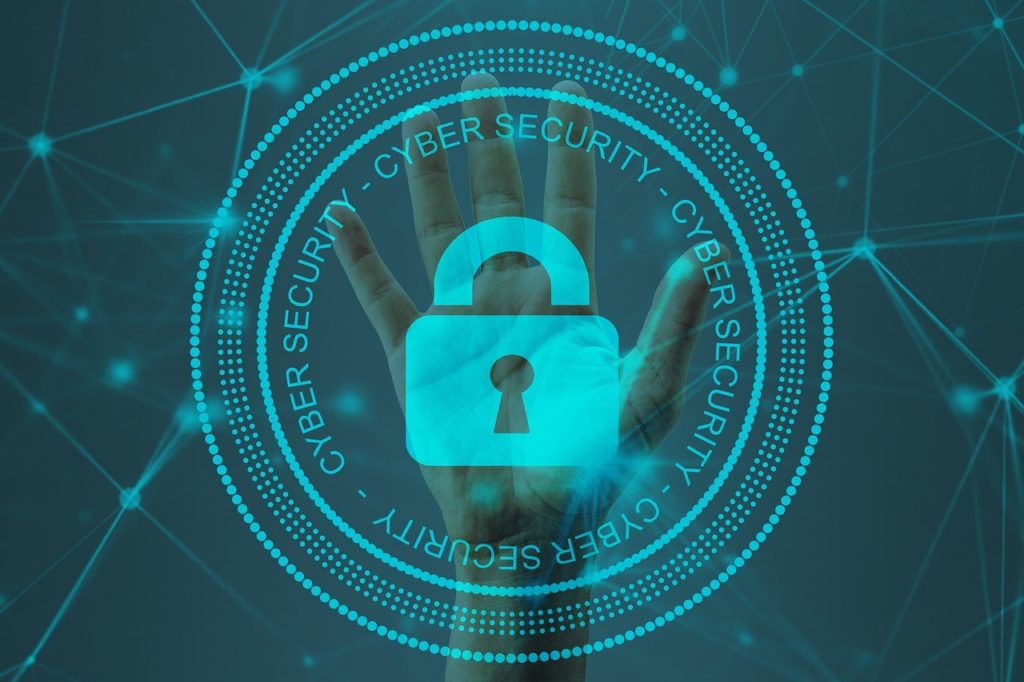
The recent introduction of the SEC’s new cybersecurity rules has created a buzz in the business world. While these regulations primarily target public companies, requiring them to disclose material cybersecurity incidents and provide detailed information about their cybersecurity risk management, strategy, and governance, the ripple effects are being felt across various sectors, including educational institutions.
Understanding the Indirect Implications
1. IncreasedAwarenessandStandards
The new SEC rules set a high bar for cybersecurity practices. Although K-12 and higher education
institutions are not directly affected, they may choose to adopt similar standards to align with best practices in cybersecurity risk management and incident reporting. This proactive approach can significantly enhance their security posture.
2. VendorandPartnerCompliance
Educational institutions often collaborate with vendors and partners who are public companies.
These partners will now have stricter cybersecurity requirements, which could influence the security measures and expectations for schools and universities. Ensuring compliance with these enhanced requirements can help maintain smooth and secure operations.
3. EnhancedCybersecurityCulture
The emphasis on cybersecurity governance and risk management in the new SEC rules might
encourage educational institutions to strengthen their own cybersecurity policies and practices. This shift can foster a robust cybersecurity culture, making these organizations more resilient against evolving threats.
Key Insights from the Gartner Report
- Board Oversight and Interaction with CISOs
Sixty-four percent of directors ranked cybersecurity and data privacy among the top five boardoversight topics in 2023. However, fewer than half of these directors regularly interact with their Chief Information Security Officers (CISOs), and approximately one-third see their CISOs only during board presentations. This highlights the need for more consistent and meaningful engagement between educational institution leaders and their cybersecurity teams. - Global Cybercrime Costs
Cybercrime is expected to cost the world $8 trillion in 2023. This staggering figure underscoresthe importance of robust cybersecurity measures across all sectors, including education. Institutions must recognize the financial and reputational risks associated with cyber threats and take proactive steps to mitigate them. - Preparedness for Cybersecurity Attacks
Despite the potential risks and business effects, 50% of directors believe their organizations areunprepared to cope with a targeted cybersecurity attack. This highlights a significant gap in readiness that educational institutions should be aware of and address proactively.
• Four-Day Reporting Period
The SEC’s rules require companies to report material cybersecurity incidents within a four-day
period. While this directly affects public companies, educational institutions can benefit from adopting similar rapid response protocols to improve their incident management processes.
While the new SEC cybersecurity rules are not directly aimed at educational institutions, the indirect implications are significant. By adopting best practices, ensuring vendor compliance, fostering a strong cybersecurity culture, and implementing comprehensive risk management strategies, these institutions can enhance their security posture.
At Concensus Technologies, we understand the unique challenges faced by educational institutions. Our tailored IT services and solutions are designed to help you navigate this evolving landscape with confidence. Visit Concensus Technologies to learn more about how we can support your cybersecurity needs.
For more detailed insights, you can refer to the Gartner report on the SEC cybersecurity rules.
Let us give you peace of mind
Leave it to our experts to keep your organization secure around the clock. Partner with us for trusted technology support.
